Andreas Spagadoros was a perfect fit for the late stages of classic rebetiko and the gradual arrival of the era of laiko music. He was a highly accomplished and experienced guitarist and a singer with an airy tenor voice that fit well with the new, western-influenced style of two vocalists singing in parallel thirds.
I couldn’t find much biographical information but it seems likely that he started performing on guitar and singing in the late 1930s or ’40s. The composers and performers he is most associated, like Manolis Hiotis, all came of age during that time. They drew on the music that was happening around them and then pushed it in new directions as the demands of the public and record companies changed in the years after WWII and the Greek civil war.
Throughout the 1940s and ’50s, he recorded a number of songs as either singer, with such luminaries as Stellakis Perpiniades, or as guitarist. There are also records of him performing (as one of 10 guitarists) in a show with Kostas Bezos, and, with Hiotis, in the band that backed singer Stella Haskil in the late 1940s. He also appeared — playing guitar — in several films in the 1950s.
He may have made his last record in 1952. After 1980, he appears only on compilation albums after 1980.
A woman with two men was recorded in 1952, with singer Yiannis Tatasopoulos, and Giorgos Mitsakis, who wrote the piece. Spagadoros played guitar as well as singing. The lyrics are not unexpected:
A woman two men
One is for money
The other is for love
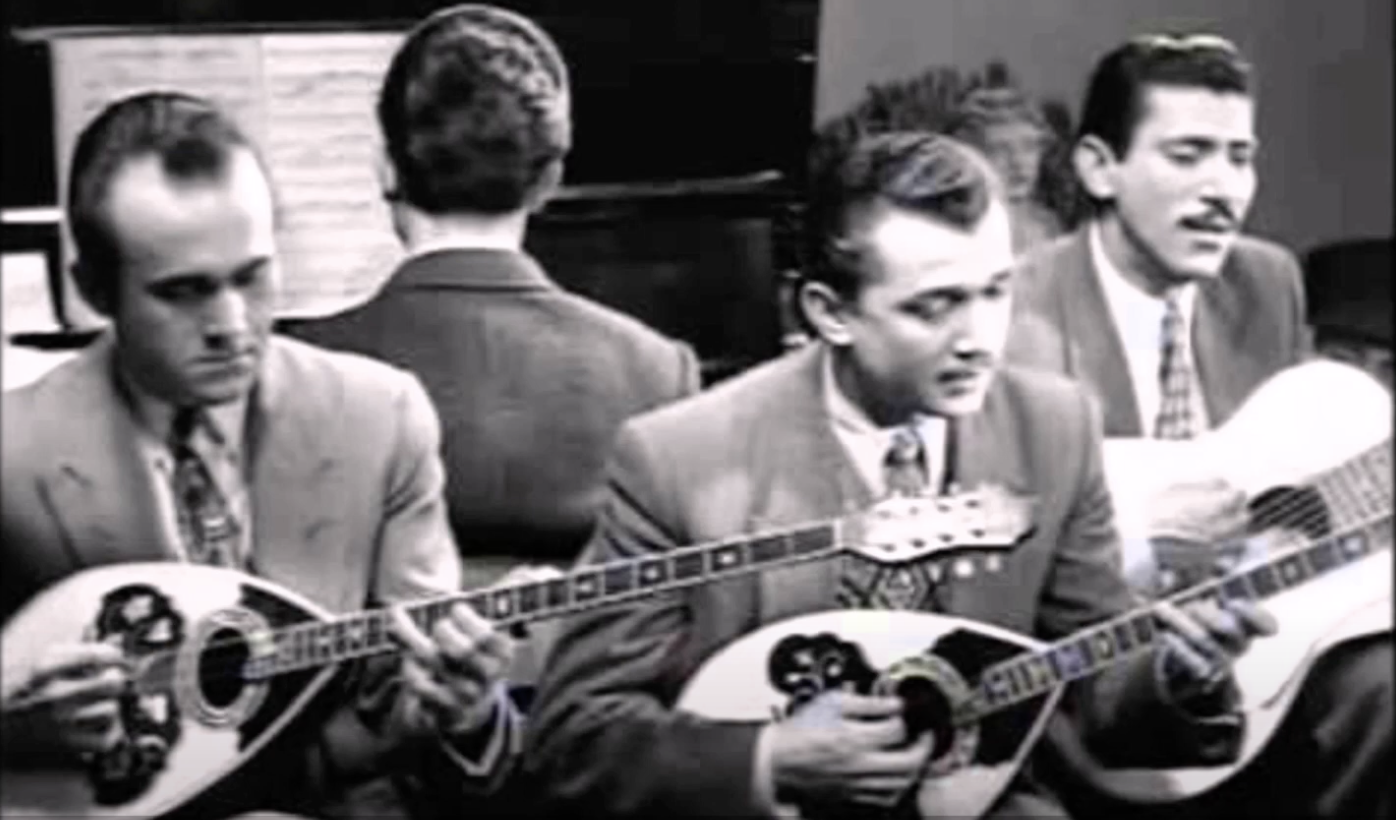
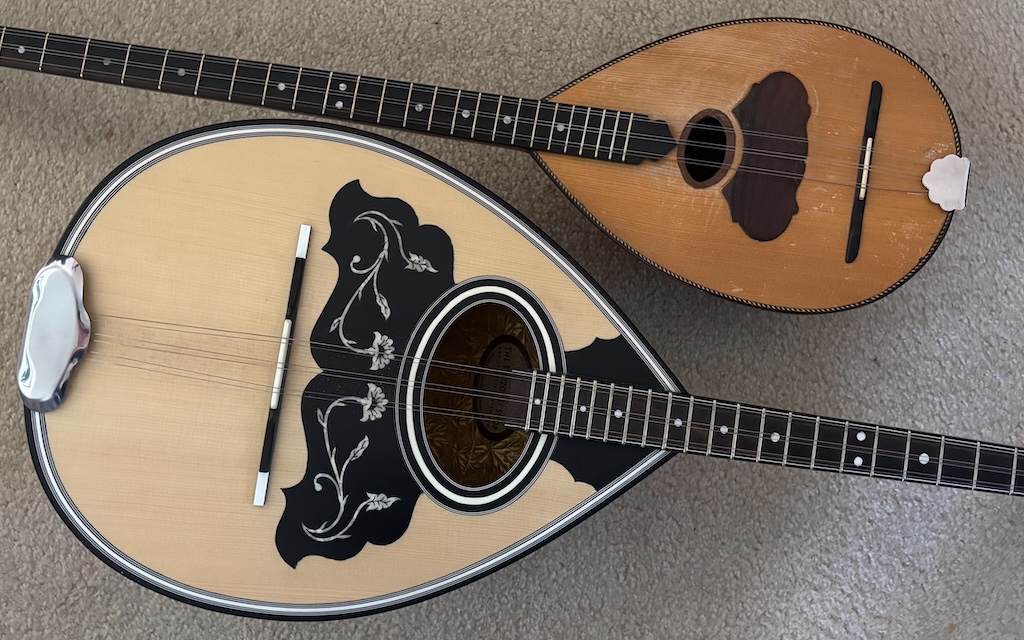

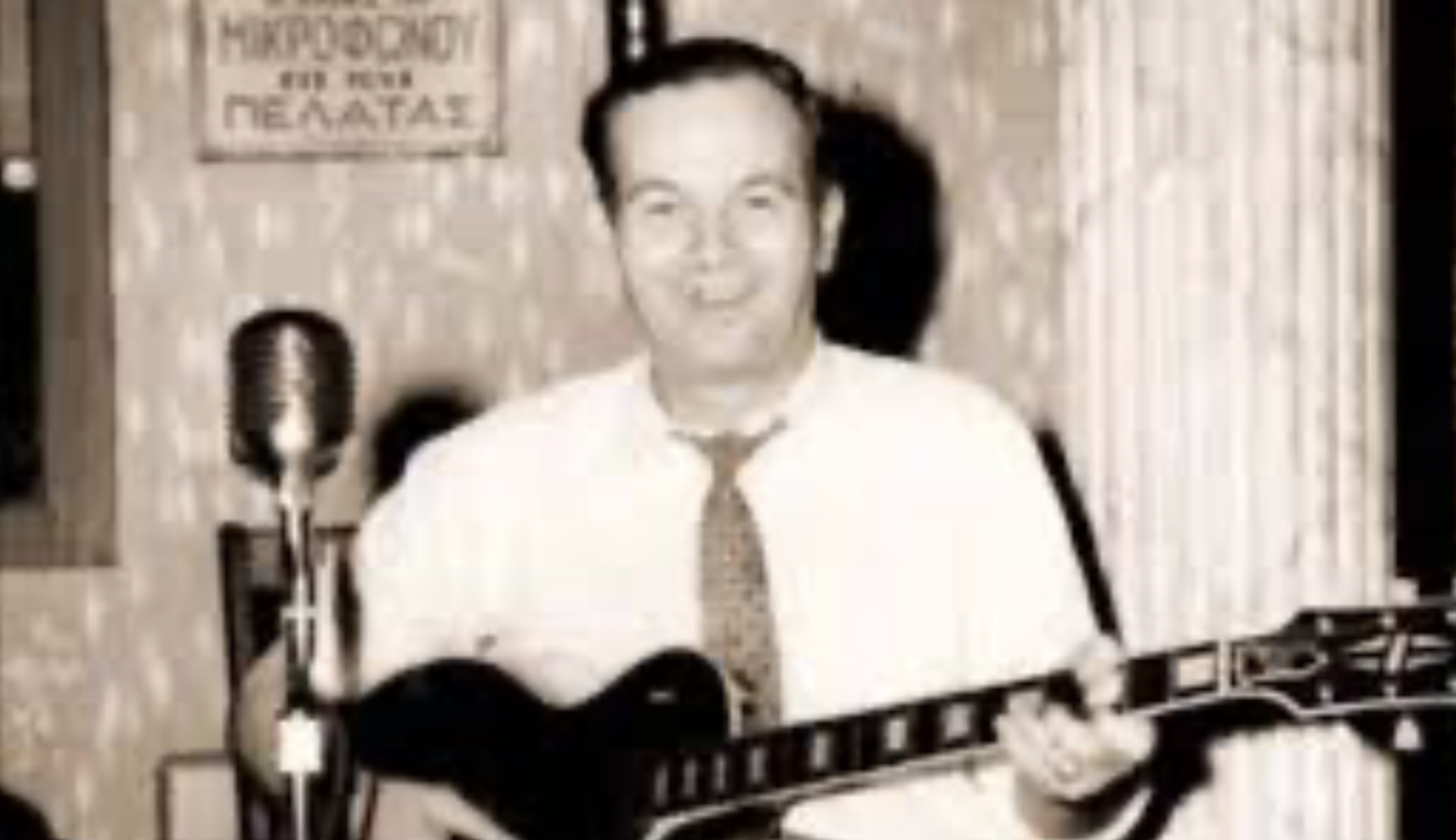
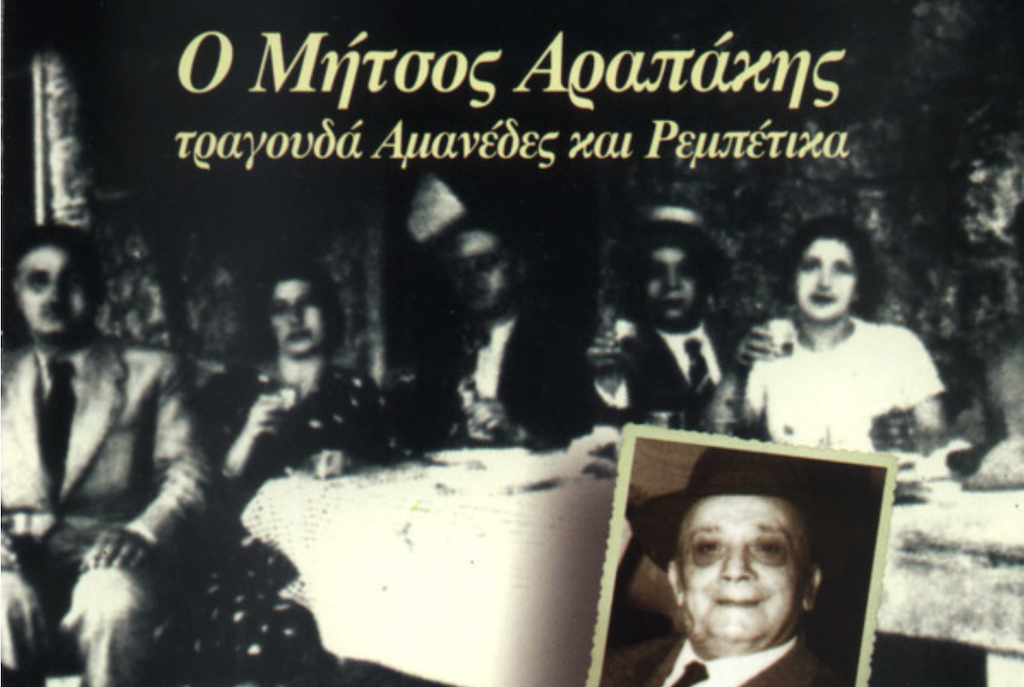

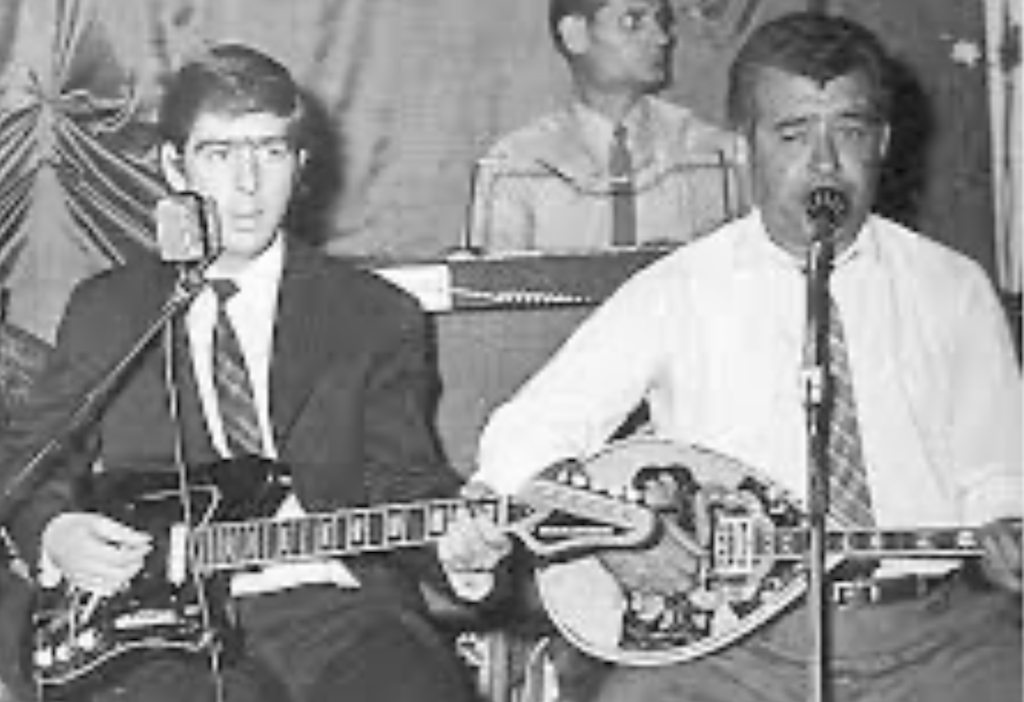
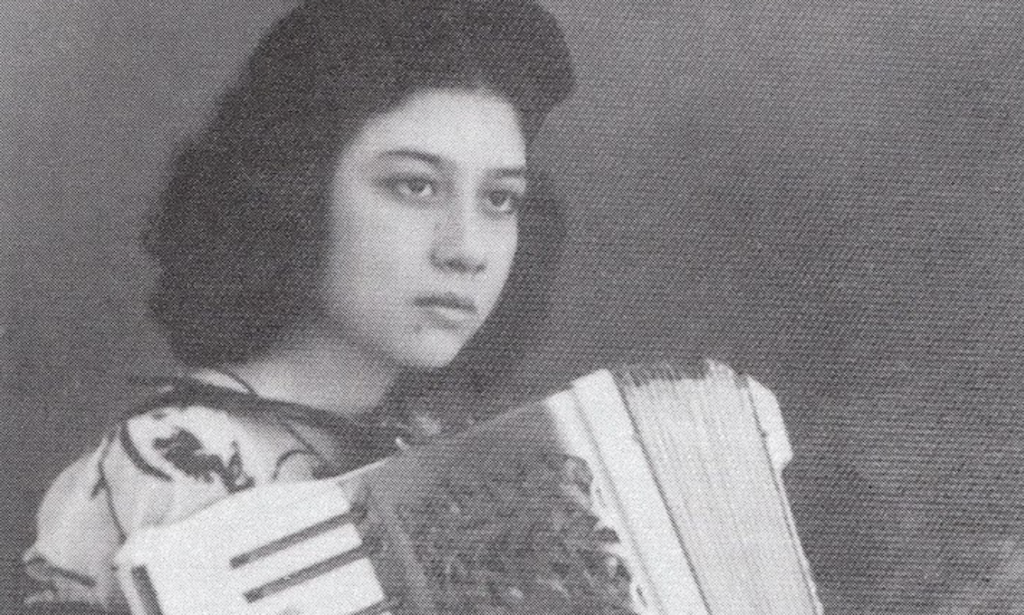



Leave a Reply